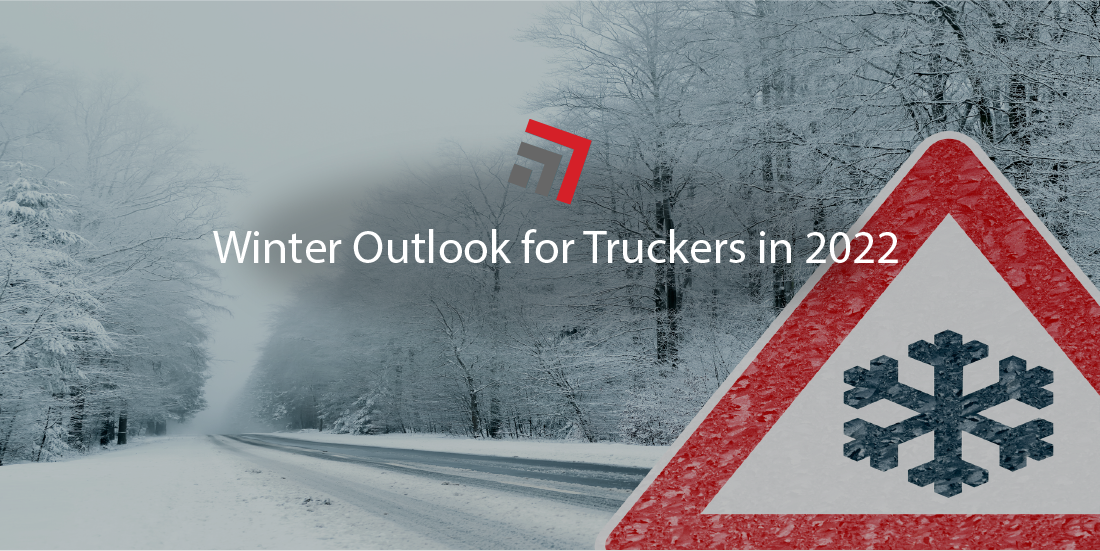It’s that time of year, at least in the U.S., where it’s time to get ready and prepare for the upcoming winter season! Especially in the Northern parts of the country.
Recently, the National Oceanic and Atmospheric Administration (NOAA) released their annual winter outlook for the U.S.
Winter Weather Outlook
For starters, the NOAA expects La Niña to return for the third straight winter. La Niña refers to the periodic cooling of ocean surface temperatures in the central and east-central equatorial pacific, as defined by NOAA. This would produce warmer-than-average temperatures throughout the Southwest and along the Gulf Coast and eastern seaboard.
NOAA predicts drier-than-average conditions throughout the South, with wetter-than-average conditions for areas of the Ohio Valley, Great Lakes, northern Rocks and Pacific Northwest.
Additionally, western Alaska, and the Central Great Basin and Southwest through the Southern Plains have the greatest chance to see warmer-than-average conditions. On the flip side, the Pacific Northwest eastward to the western Great Lakes and the Alaska Panhandle could see below-normal temperatures.
Furthermore, extreme drought is expected to continue to persist throughout the majority of the West, the Great Basin, and the central-to-southern Great Plains. In Northwestern U.S., drought conditions are expected to improve in the coming months.
Of course, there are ways for truckers and the trucking industry to prepare this upcoming winter.
How Can These Conditions Impact Trucking Throughout the U.S.?
As mentioned above, western Alaska is expected to have a greater chance to see warmer-than-average temperatures. Since parts of western Alaska rely on the typical hard-freeze conditions produced in the winter to help preserve the ice roads, this could be something to keep an eye on. Why may you ask? Well, these specific ice roads in Alaska are the only gateway to some remote areas that usually don’t get trucking access during other times of the year.
Tips for Truckers Preparing for Icy Road Conditions:
- Have a clear understanding of emergency procedures and have the necessary equipment for an emergency situation. I.e., food and water, batteries, flashlights, extra clothing, sturdy footwear, etc.
- Tire chains, not every location/city/state requires truckers to “chain up”, but it is crucial to keep them with you in case you run into icy weather conditions.
Truckers that will be operating in the northern parts of the country should be knowledgeable and prepared for winter conditions as they will definitely deal with snow, ice and wind. For truckers in the southern part of the country, drivers should be knowledgeable and prepared for heavy rain, sleet and ice.
Making sure your trucks are ready for the winter
Check your air system, the cab and chassis, and other small things:
A few things to keep in mind when checking your air system is to:
- drain each air tank every day
- eliminate kinks and restrictions from system plumbing
- change and make any repairs to old air compressors.
Carry Proper Supplies:
You never know when an unexpected winter storm will come together and it’s better to be prepared than to not.
Having an emergency kit is extremely beneficial. Some things to include:
- warning devices
- jumper cables
- flashlights
- batteries
- extra clothes
- food and water for up to 72 hours
- first aid kit
You should also have a snow brush/scraper, a small shovel, and some type of traction device in your vehicle at all times. Additionally, if a trucker is stranded it is important to stay in the vehicle, put on extra clothing to stay warm and be conscious of your food and water supply.
Watch out for bridges and avoid black ice:
Being cautious when you approach a bridge is quite important. Bridges tend to freeze faster than the regular road, and they may not be salted. Take it slow to avoid spinning out of control.
Additionally, be aware of black ice. Black ice is a layer of transparent ice that makes the road look wet.
Inspect your charging and starting components:
A few things to keep in mind when inspecting your charging and starting components:
- load-test your batteries and replace the bad ones if needed
- test alternators and starter output
- visually inspect wiring connections and cable runs
- clean battery terminal ports and apply protectant
- inspect the trailer pigtail
Checking your tires and tire chains:
If you don’t already know, cold weather can have quite the impact on tires, especially the air in the tires. As Trucking Info notes, when the air inside the tire is cold, it becomes denser and thus occupies a smaller volume, i.e. the pressure inside the tire will drop. That is why it is quite important to consistently check your tire pressure, as a sudden drop in temperature can lower your tire pressure.
Additionally, tire chains are also important. Now, as mentioned above, some locations/cities/states require truckers to “chain up” during the winter season, so it is important to make sure you are aware of those laws.
Regarding tire chains, truckers should:
- carry the proper size and number of chains and extra links
- check the chains for broken hooks, worn or broken links, regularly
- know how to safely put chains on a vehicle’s tires
Looking Ahead
Ready or not, the winter season is near and it’s crucial for truckers to be prepared for what’s in store.
As always, we will continue to provide updates on the latest in the industry throughout the year and beyond. Should you have any questions or comments, please don’t hesitate to contact our team today!



Recent Comments